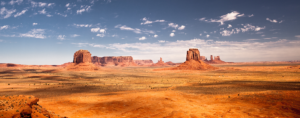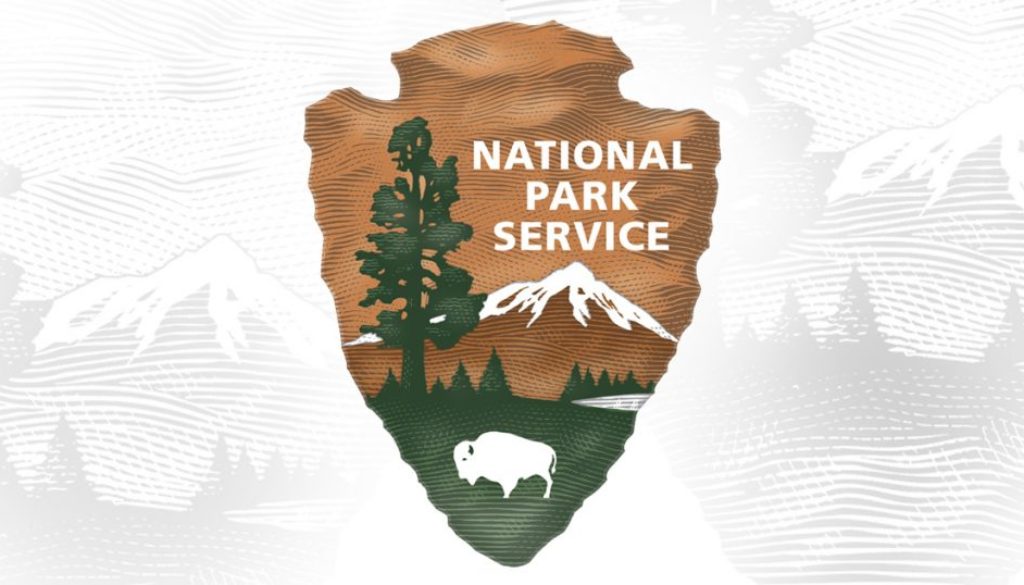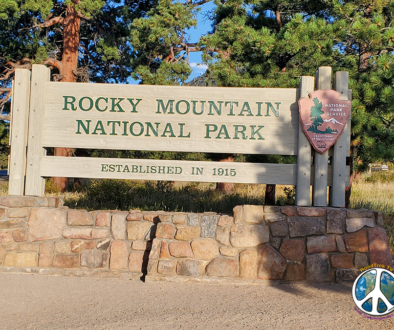Ultimate Conservationist Teddy Roosevelt and His Quest to Protect America
Ultimate Conservationist Teddy Roosevelt and His Quest to Protect America
There are more National Park Service units dedicated to Teddy Roosevelt’s life, work, and passion for the Great Outdoors than any other American citizen.
“My ranch-house stands on the river brink…shaded by leafy cotton-woods, one looks across sand bars and shallows to a strip of meadow land, behind which rises a line of sheer cliffs and grassy plateaus. Rocking gently to and fro, one gazes sleepily out at the weird-looking buttes opposite, until their sharp outlines grow indistinct and purple in the after-glow of the sunset.”
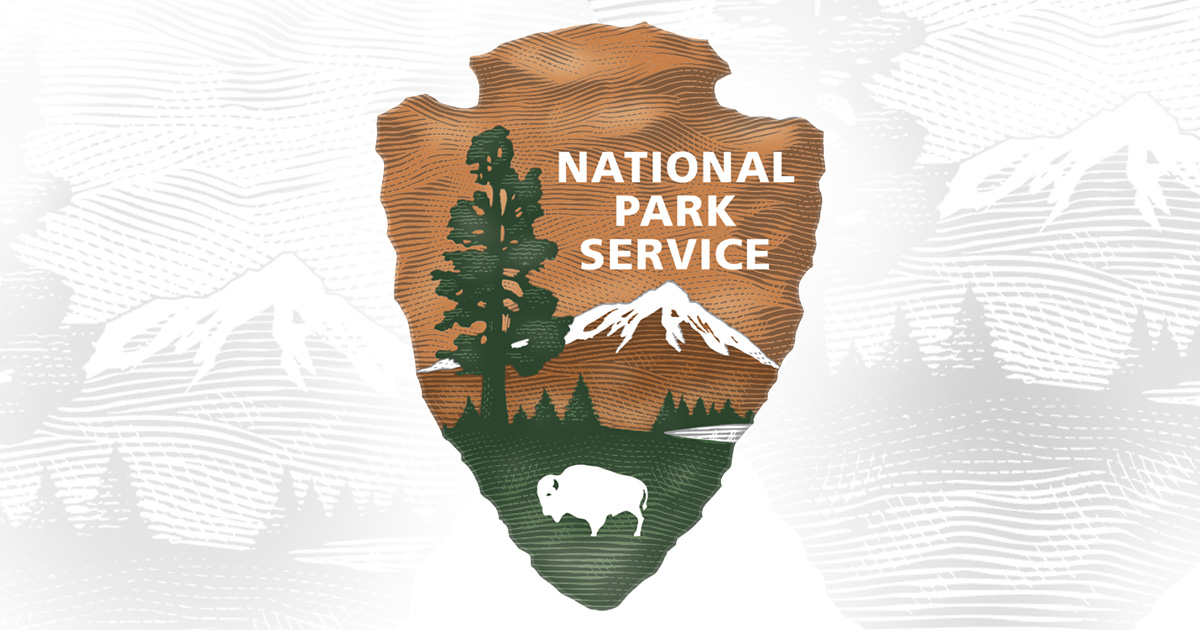
“My ranch-house stands on the river brink…shaded by leafy cotton-woods, one looks across sand bars and shallows to a strip of meadow land, behind which rises a line of sheer cliffs and grassy plateaus. Rocking gently to and fro, one gazes sleepily out at the weird-looking buttes opposite, until their sharp outlines grow indistinct and purple in the after-glow of the sunset.”
These are undoubtedly words from a man with a passion; a man who was adamant about America’s natural resources, and who would do a great deal during his life to make sure they were not thrown aside in order for industry to take over.
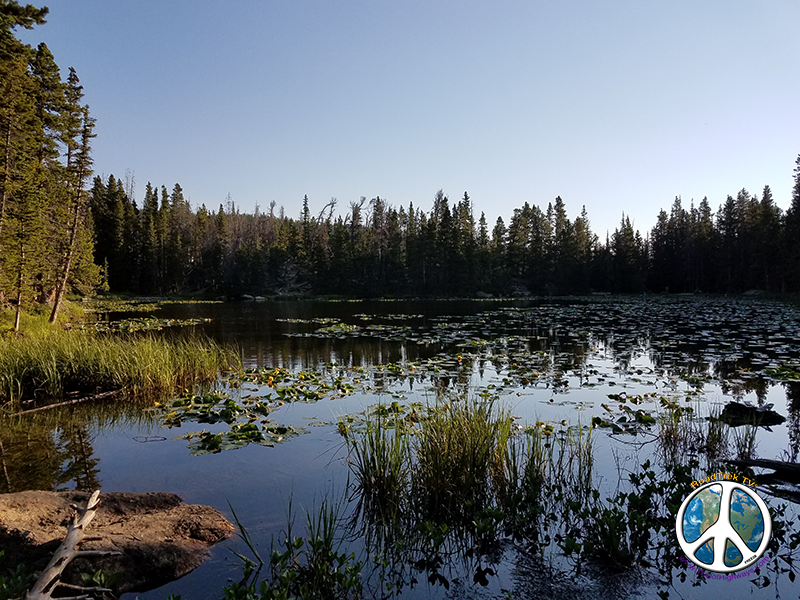
But where did the passion begin? To understand how he became the unforgettable man who “walked softly and carried a big stick,” you must begin at the beginning. It was New York City that Teddy Roosevelt called home. He was a boy who was constantly pale and sickly. He took up the hobby of taxidermy, creating his very own collection of specimens. He was so good at the craft, in fact, that he donated some of them to the American Museum of Natural History when he was only twelve years old.
Over time, hunting became his passion. It was in 1883, working as a New York City alderman, that Roosevelt took a train to North Dakota in order to hunt buffalo. This was the trip that history books say changed Roosevelt’s entire life. Purchasing a ranch in the Dakota Badlands, he would journey there often in order to ride and hunt.
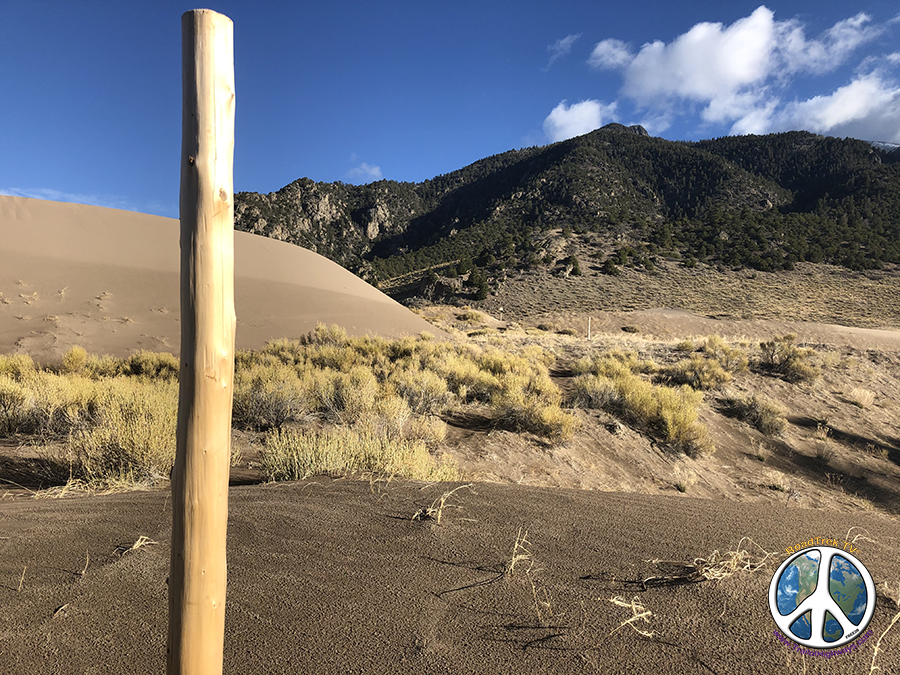
Following the assassination of William McKinley, Roosevelt became president in 1901. From that point on, he became the greatest champion of conservation the world had ever seen. He continuously worked to establish the National Park System and create national wildlife refuges, and even created the United States Forest Service.
It was in 1903, Teddy interrupted a national tour and walked away from it, but not just because he had “better things to do.” Spending two weeks camping in Yellowstone National Park; visiting the Grand Canyon; he then went to Yosemite, where he decided to take on the task of making Yosemite Valley part of a larger Yosemite National Park.
A pivotal moment in Teddy Roosevelt’s campaign to preserve nature came at the Conference of Governors in 1908. State leaders met with the President at the White House, and conservation authorities came from across the country to discuss the fate of America’s dwindling natural resources.
Reading a speech titled, “Conservation as a National Duty,” Roosevelt’s words moved people. Engaging the entire country, he captured peoples’ attention which led to profound changes in the American “attitude” about conservation. His words were kind, yet delivered a huge message that made people stop and think, when he said that Americans had “become great in a material sense because of the lavish use of our resources” and had “just reason” to be proud of what they had done. “BUT,” he continued, “the time has come to inquire seriously what will happen when our forests are gone, when the coal, the iron, the oil, and the gas are exhausted, when the soils shall have been still further impoverished and washed into the streams, polluting the rivers, denuding the fields, and obstructing navigation.” He knew there was a way that all of this could be avoided. “We have to, as a nation, exercise foresight for this nation in the future; and if we do not exercise that foresight, dark will be the future!”
There was no backlash to this. The people had worshipped the land and the fact that it belonged to them for some time. Therefore, they could use it for profit. But when they realized that profits could dry up by misuse of the land they so loved, they gave Roosevelt an open door to do what he wished, and supported him while he did it.
Creating five national parks (which doubled the existing number), Roosevelt also signed the Landmark Antiquities Act which allowed him to create 18 national monuments, including the Grand Canyon. He set aside 51 federal bird sanctuaries, four national game refuges, and more than 100 million acres of national forests.
Those who love nature; those who are grateful every day that their kids and grandkids will be able to explore this beauty that cannot be matched; and those who wish to still fight to save the wild animals that are disappearing, even though history has kept them protected for so long – all of us owe it to the man who was enchanted by the landscape of America to continue his hard work.
Rocky Mountain National Park: Click Here
Gem Lake Trail, Video Trail of Trail, Episode One: Click Here
Gem Lake Trail, Video Trail of Trail, Episode Two: Click Here
Hike to Fern Lake Episode One: Click Here
Hike to Fern Lake Episode Two; Click Here
Hike to Fern Lake Episode Three: Click Here
Bridal Veil Falls, Cow Creek Trail: Click Here
Cascade Falls; Click Here
Hike to Mills Lake, Video Trail of Trail Episode Two: Click Here
Hike to Mills Lake, Video Trail of Trail Episode Three: Click Here
Bear Lake Trail to Emerald Lake, Video Trail of Trail Episode One: Click Here
Bear Lake Trail to Emerald Lake, Video Trail of Trail Episode Two: Click Here
Black Canyon Trail Photo Trail: Click Here
Bridal Veil Falls, Cow Creek Trail Sq 2: Click Here
Bridal Veil Falls, Cow Creek Trail Sq 3: Click Here
Wild Basin Trail, Ouzel Falls, Video Trail of Trail; Click Here
Fern Lake Trail Essay One: Click Here
Loop Hike Bear Lake, The Loch Photo One: Click Here
West Creek Falls Photo Essay One: Click Here
West Creek Falls Photo Essay Two: Click Here
Snowshoeing Emerald Lake Photo Essay One: Click Here
Emerald Lake Snowshoeing RMNP Photo Essay Two: Click Here
Emerald Lake Snowshoeing RMNP Photo Essay Three: Click Here
Colorado River Trail, Hike Lulu City Video Trail of Trail: Click Here
Colorado River Trail, Hike Lulu City Video Trail of Trail Episode Two: Click Here
Colorado River Trail, Hike Lulu City Video Trail of Trail Episode three: Click Here
Fifty Seven Hour Adventure: Click Here
Great Sand Dunes National Park & Preserve: Click Here
Follow the Journey and Learn More about Great Sand Dunes National Park and Preserve Click Here!
Great Sands Dunes National Park Photo Trip One: Click Here!
Great Sands Dunes National Park Photo Trip Two: Click Here!
Great Sand Dunes, Preserve 4 X 4 Overnight Trip Episode Two: Click Here!
Great Sand Dunes Ep-2: Click Here!
Follow the Hike on the Sand Ramp Trail; Click Here!
Enjoy the Photo Journey: Click Here!
Cosmic Highway Video 1-1: Click Here
Cosmic Highway Video 1-2: Click Here
Mount Rainier National Park: Click Here
Discover Strength & Imagination of the Ancient World: Click Here
Canyonlands National Park: Click Here
Arches National Park: Click Here
As a company, as individuals and a group, we are strong supporters of public land and can’t stress enough how everyone needs to get involved with a local conservation in your area and do all we can to save our “Wilderness Areas, Monuments, and other Public Lands”.
Don’t Let Our Government become very reckless with Nature and Our Public Lands! Support Your Local Conservation Organizations!
